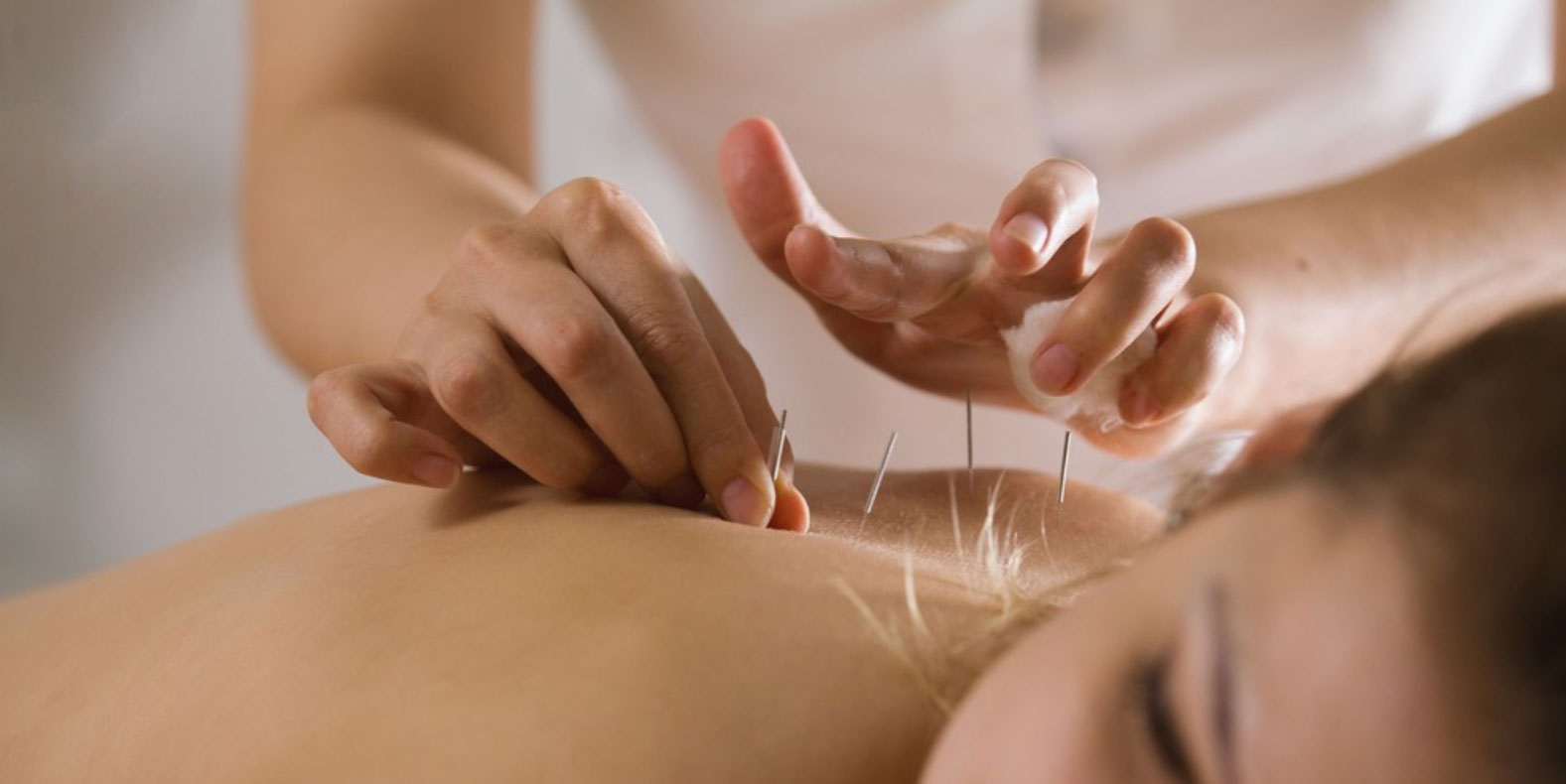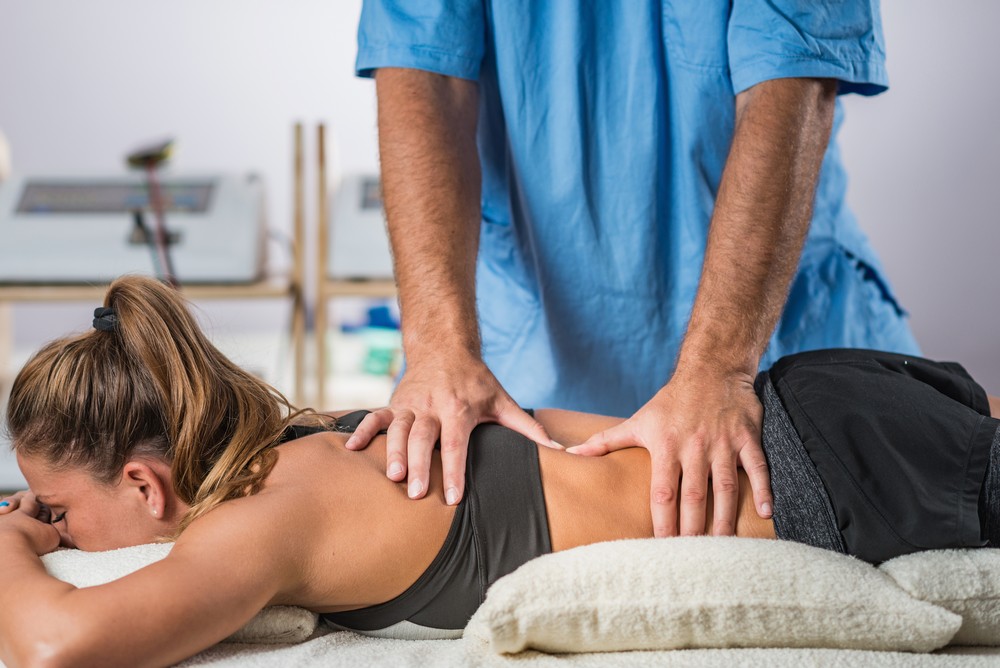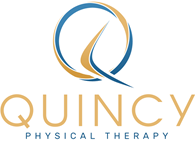Dry Needling

Quincy Physical Therapy is among the very few clinics in the region currently certified to perform Dry Needling. This is a treatment technique that uses small filament type needles (acupuncture needles) to release tight muscles with the goal of permanently reducing muscle pain and dysfunction. This technique has been extremely beneficial for patient’s experiencing muscle tightness including chronic tension headaches and has had many patients have complete elimination of their symptoms.
Conditions currently treated with Dry Needling:
- Headaches
- Low Back Pain
- Osteoarthritis
- Tennis Elbow
- Muscle Spasms
- Fibromyalgia
- Sciatic Pain
- Plantar fasciitis
- Achilles tendonitis
- Hip Pain
Vertigo and Dizziness Treatment

Vertigo or more specifically Benign Paroxysmal Positional Vertigo (BPPV) is a sudden sensation of spinning.
- Benign: Of no danger to health, not life threatening
- Paroxysmal: A sudden recurrence of symptoms
- Positional: related to different body positions
- Vertigo: A sensation of spinning or whirling motion
This is caused by a problem in the inner ear. Small “crystals” called otoliths that are usually suspended in gelatinous material inside the ear got loose, moving around in the ear canals and causing a sickening spinning feeling. Quincy Physical Therapists can easily diagnose and treat this dizzying condition. After diagnosis, most people recover from BPPV with a simple but very specific head/neck maneuver, our physical therapist will assist in various movements of your head through a series of positions. These repositioning treatments are designed to move the crystals from the semicircular canal back into the area in the inner ear. By performing these exercises, most patients experience relief in if not one, but just a few short visits.
Manual Physical Therapy

If you are experiencing increased pain or stiffness in any or your muscles or joints, Manual Therapy is often an excellent treatment option.
What kinds of manual therapy exist?
Manual therapy is the hands-on component of physical therapy, but there are several different sub-categories within the practice of manual therapy. Each has its own benefits, depending on what the underlying problem is. Among the most widely used are:
Soft Tissue Mobilization
Soft tissue mobilization, or massage, focuses on the soft tissue aspects of the human body or the muscles, ligaments and tendons. Often if a patient hasn’t had a chance to use a set of muscles due to illness or an injury in that area, the tissues become scarred or tightened which can limited the patients mobility and restrict blood flow to the muscles and surrounding joints. Soft tissue mobilization focuses on freeing up these damaged areas, while promoting overall wellness. The Graston technique is often used to provide soft tissue mobilization.
Joint Mobilization
A restriction in a joint can often happen after an injury such as lifting with your back, falling or wrenching your neck. The restrictions in the joint can lead to further muscle spasm and restricted motion which can cause secondary issue to the surrounding joints. A skilled physical therapist practices joint mobilization movements, such as a “glide and slide” of opposing bones, in order to get the joints working properly again.
Spinal Thrust Manipulations
Spinal Manipulation involved rapidly moving a joint within its normal range of motion. This rapid motion causes a distraction or gapping of the facet joint surfaces which often accompanied by an audible “crack” or “pop” caused by the formation and collapse of tiny gas bubbles (this is called a cavitation) in the joint fluid. Spinal Manipulation is used to treat a variety if ailments including neck pain, headaches, low back pain, sciatic pain, sacroiliac pain, rib pain, shoulder and mid back pain.
Why do people use spinal manipulation?
Following, from the National Institutes of Health website are statistics for the most common reasons patients choose this form of physical therapy:
Among U.S. adults who have used spinal and joint manipulation, about 67 percent used it to treat a specific health condition, and 53 percent used it for wellness, the 2012 NHIS found. Specifically:
- 43 percent used it for general wellness or disease prevention
- 25 percent used it because it focuses on the whole person—their mind, body, and spirit
- 16 percent used it for improved energy
- 11 percent used it for better immune function
- 5 percent used it to improve memory or concentration.
Previous research found that people report positive experiences and reduced pain as a result of receiving spinal manipulation.
Neuromuscular Techniques
At times, muscles work themselves into abnormal states, in which the muscle’s stretch reflex has difficulty relaxing itself. To treat this, physical therapists use a technique known as “strain/counterstrain” that guides the problematic muscle into positions that are “opposite” the ones at which pain and tenderness starts. Staying in this position of slight tension helps relieve the spasms by gently pulling the muscles into the opposite direction of the reflex spasms. Our expert physical therapists at Quincy Physical Therapy are highly qualified and specialize in manual therapy. With years of specialized training, we provide gentle, hands-on therapies that address a broad range of muscle and joint conditions and injuries. This includes soft tissue mobilization, joint mobilization, and neuromuscular techniques to help you feel better.

